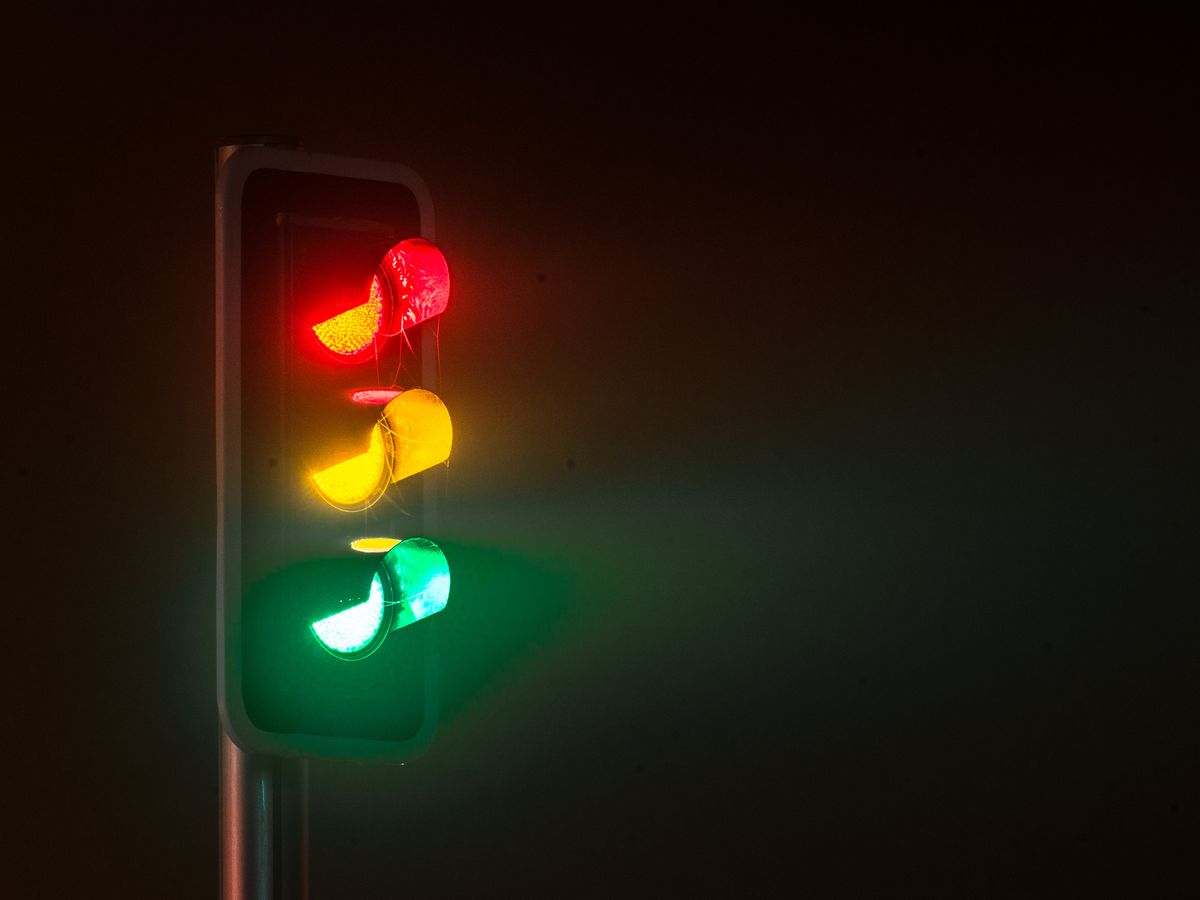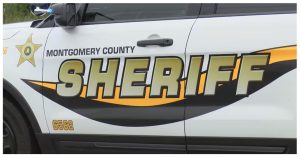Have you ever been stuck at a red light in Charleston, itching to make a right turn but unsure if it’s legal? Many West Virginia drivers encounter this situation, and understanding the right-turn-on-red rule is crucial for safe and efficient driving. This article clarifies the regulations surrounding right turns on red lights in West Virginia, specifically focusing on major cities like Charleston, Huntington, and Morgantown.
Understanding Traffic Signals and Right-of-Way
Traffic signals are essential tools for maintaining order and safety at intersections. Red lights command a complete stop, allowing cross-traffic and pedestrians to proceed safely. Right-of-way refers to the legal right to proceed through an intersection without stopping or yielding. Understanding these basic principles is vital before we delve into the specifics of right turns on red.
Right Turn on Red in West Virginia: A Permitted Maneuver (Usually)
In West Virginia, making a right turn on a red light is generally allowed unless there’s a sign specifically prohibiting it. This means drivers in Charleston, Huntington, and Morgantown can usually turn right after coming to a complete stop at a red light, provided they prioritize safety and follow specific guidelines.
Safety First: Conditions for Right Turns on Red
Even though a right turn on red might seem convenient, safety remains paramount. Here are the essential conditions that must be met before executing this maneuver:
- Complete Stop: This cannot be emphasized enough. Come to a full and complete stop at the red light before even considering a turn. Rolling stops are illegal and dangerous.
- Right-of-Way: Always yield the right-of-way to pedestrians in crosswalks and oncoming traffic before proceeding with the turn. Look out for pedestrians who may be crossing in your intended direction or finishing their crossing from the opposite side. Ensure there’s a safe gap in oncoming traffic before turning.
- Clear Path: Before initiating the turn, double-check that your view of oncoming traffic and pedestrians is unobstructed. Be aware of potential blind spots, especially for motorcycles or bicycles that might be harder to see.
Safety Cautions: Don’t Let Convenience Trump Safety
While right turns on red can improve traffic flow, prioritizing safety is paramount. Here are some additional cautions to keep in mind:
- Blind Spots: Be extra vigilant of vehicles and pedestrians in your blind spots, particularly motorcycles. Use your turn signals well in advance and perform a shoulder check before turning.
- Yielding Priority: Always yield the right-of-way to emergency vehicles with flashing lights and sirens, and to vehicles that already have the right-of-way at the intersection.
- No Reckless Turns: If traffic is heavy or visibility is poor due to rain, fog, or darkness, avoid making a right turn on red. Wait for the light to turn green to ensure a safe maneuver.
Right Turn on Red Restrictions: When in Doubt, Stop
There are situations where a right turn on red is prohibited in West Virginia. Here’s what to look out for:
- Prohibiting Signs: Specific traffic signs might override the general rule. Watch out for “No Turn on Red” signs or illuminated red arrows. These signs take precedence and prohibit right turns on red, regardless of the light cycle.
- Intersections with Specific Rules: Some intersections, particularly complex ones with designated right-turn lanes, might have additional signage or pavement markings indicating specific rules for right turns on red. These could include yielding to oncoming left-turning traffic or pedestrians in designated crosswalks. Always follow the designated instructions at such intersections.
- School Zones and Crosswalks: Even when turning right on red, remember to follow posted speed limits and stop completely for pedestrians in school zones and at marked crosswalks.
Benefits and Risks of Right Turns on Red: Weighing the Options
Right turns on red can offer some potential benefits:
- Improved Traffic Flow: When executed safely, right turns on red can help keep traffic moving, especially during periods of low congestion.
- Reduced Congestion: By allowing right turns on red in permitted situations, traffic flow can be smoother, potentially reducing overall congestion.
However, it’s important to acknowledge the potential risks associated with right turns on red:
- Collisions with Pedestrians: If not executed cautiously, right turns on red can lead to collisions with pedestrians who are crossing the street with the right-of-way.
- Oncoming Traffic Accidents: Failure to yield the right-of-way to oncoming traffic when turning right on red can result in accidents.
West Virginia Driver’s Handbook and Resources: Stay Informed
For the most up-to-date information on traffic laws and regulations in West Virginia, consult the latest edition of the West Virginia Driver’s Handbook. This official resource is a comprehensive guide for all drivers in the state, covering everything from right-of-way rules to safe driving practices. You can likely obtain a copy from your local DMV office or download it from the West Virginia Division of Motor Vehicles website (https://transportation.wv.gov/DMV/Pages/default.aspx).
Here are some additional online resources that can provide valuable information on West Virginia traffic laws and safe driving practices:
- West Virginia Division of Motor Vehicles Website (https://transportation.wv.gov/DMV/Pages/default.aspx): This official website offers a wealth of information on driver licensing, vehicle registration, and traffic laws. You can find the Driver’s Handbook and other helpful resources here.
- National Highway Traffic Safety Administration (NHTSA) Website (https://www.nhtsa.gov/): The NHTSA is a federal agency dedicated to improving road safety. Their website provides resources and information on safe driving practices, traffic laws, and crash statistics.
- Governor’s Highway Safety Program (GHSP) – West Virginia (https://transportation.wv.gov/DMV/Safety/Pages/default.aspx): The GHSP is a national program that works to reduce traffic crashes, fatalities, and injuries. The West Virginia GHSP website offers resources and campaigns specifically focused on promoting safe driving habits in the state.
Conclusion: Safe Driving Habits for Smooth Sailing
Understanding the right-turn-on-red rule is just one aspect of safe driving in West Virginia. By prioritizing safety, following all traffic laws, and staying informed about current regulations, you can contribute to a smoother and accident-free driving experience for yourself and others on the road. Remember, the convenience of a quick right turn should never come at the expense of safety.
Call to Action: Share the Knowledge, Promote Safe Driving
We encourage you to share this information with other drivers in West Virginia, especially friends and family members who may be unsure about the right-turn-on-red rule. By working together, we can all contribute to a safer driving environment in Charleston, Huntington, Morgantown, and throughout the entire state.
Disclaimer: This blog post is intended for informational purposes only and does not constitute legal advice. Always refer to official resources for the most current traffic laws in West Virginia.



